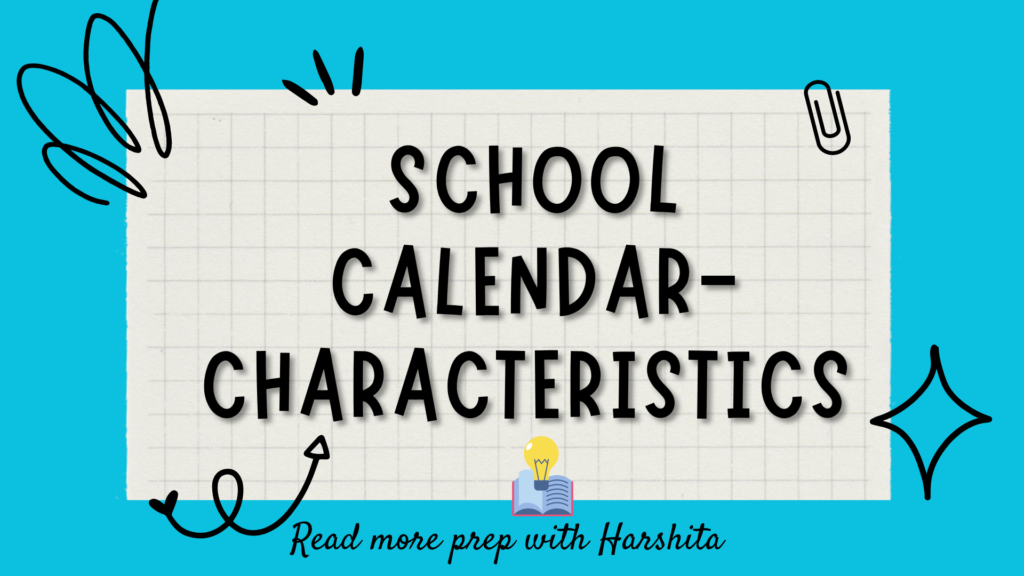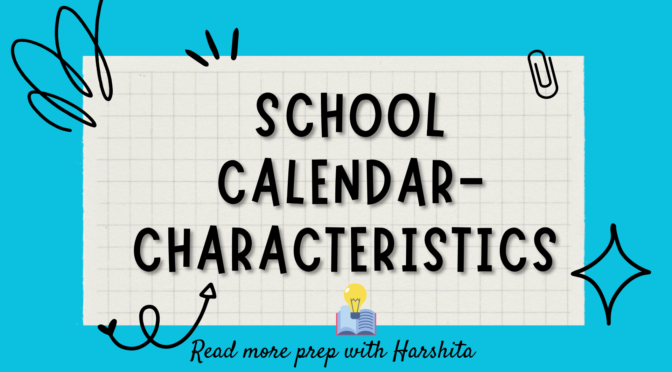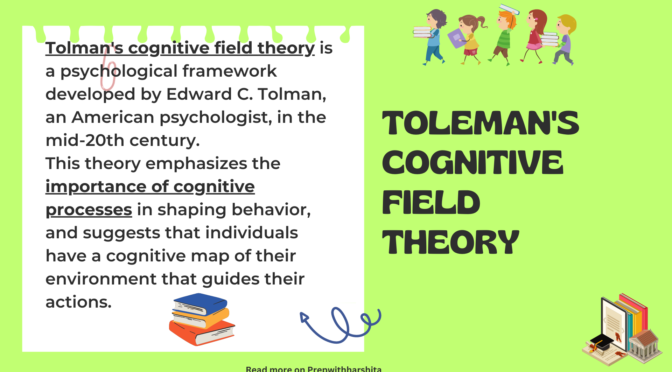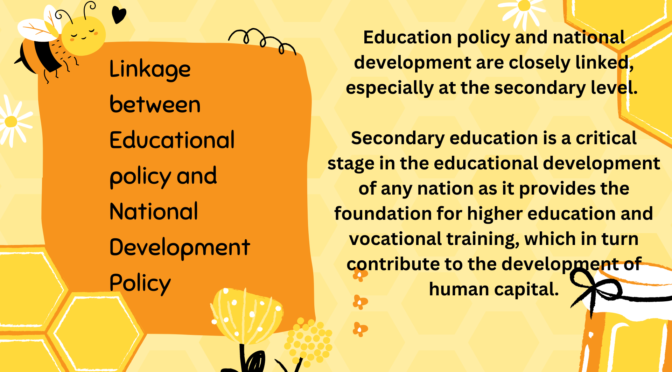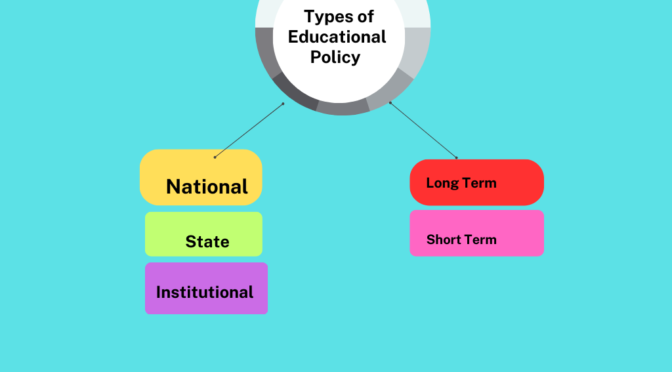A school calendar is a schedule that outlines the important dates and events for an academic year, including the start and end dates, holidays and breaks, class schedules, teacher workdays, testing schedules, and school events.
The purpose of a school calendar is to provide a framework for organizing and managing the academic year, ensuring that students, teachers, and staff are all aware of important dates and events.
It helps to ensure that instructional time is maximized and that students have adequate time for learning and studying. School calendars are typically determined by the local school district or state education department and may vary from year to year.
School calendars typically have the following characteristics:
- Duration: A school calendar specifies the length of the academic year. This can vary depending on the school or district, but typically ranges from 170 to 180 days.
- Start and end dates: School calendars specify the first day of school and the last day of school. These dates are usually determined by the school district and can vary from year to year.
- Holidays and breaks: School calendars typically include holidays and breaks throughout the academic year, such as Thanksgiving, Christmas, winter break, spring break, and summer vacation.
- Class schedules: School calendars outline the daily or weekly schedule of classes, including start and end times, class periods, and any special events or activities.
- Teacher workdays and professional development: School calendars may also include teacher workdays and professional development days, which are days when teachers are not in the classroom but are instead working on curriculum development, lesson planning, and other professional development activities.
- Testing schedules: School calendars may include testing schedules for standardized tests, such as the SAT or ACT, as well as state-mandated tests for various subjects.
- School events: School calendars may also include school events, such as parent-teacher conferences, school plays, and other extracurricular activities.
Also Read : Optimal Analysis
Overall, school calendars provide a structure for organizing the academic year, ensuring that students, teachers, and staff are all aware of important dates and events. They also help to ensure that instructional time is maximized and that students have adequate time for learning and studying.
Also Visit : Prep with Harshita
